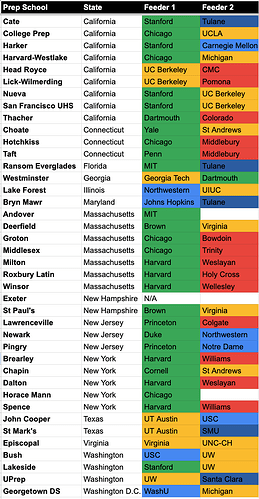Just an addition, but when I was looking at the prominent publics, unsurprisingly perhaps, a lot of the OOS programs seemed to have similar family income distribution shapes to the privates. Among the reasons this is unsurprising is most OOS programs are more or less explicitly pitched to state legislatures and such as a form of fundraising that will help cross-subsidize in-state students.
In-state programs, on the other hand, were often significantly flatter than the OOS program, which again is the unsurprising opposite side of that coin. For sure the UCs were particularly good for this, but from what I have seen a lot of in-state programs were at least much flatter than typical privates as well as typical high-end OOS programs.
On the plus side, I think this means the public residential college systems in many states are working pretty well when it comes to a core mission like providing opportunities for upward socioeconomic mobility to the residents of their states (or in the case of kids from higher SES families, opportunities to at least avoid downward SES mobility).
On the minus side, when you start really digging into the details, it becomes clear access to that system is not even, that in some states, or some locations in some states, or so on, costs and other practical issues can still be a barrier for various lower income families to attending residential colleges, or indeed even good community colleges (as in, there may be no good community college within practical commuting distance for some residents).
But anyway, to sort of circle back, if you are looking at the sorts of families who can comfortably afford to live in a “good school district” in the suburbs of a major metropolitan area in a decent-sized state, then absolutely they might self-select into their state public university system, because that is basically the next level equivalent of a “good school district”!
And all the data I have seen suggests this all works quite well, that in fact the plan of raising your kids in a good public school district then sending them to a good public university will have a very good chance of achieving your educational and eventually career goals for your kids. No guarantees, they have to want it, they have to work for it, they have to get lucky in terms of health, and all that other stuff. But as far as the school part of things go, that is a very good plan.
![]()
